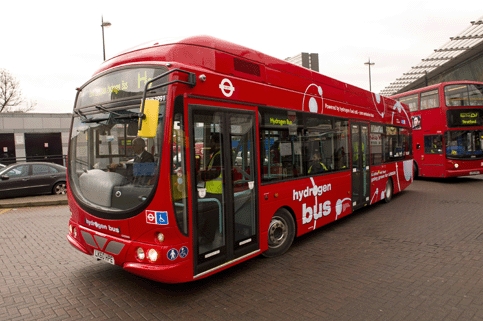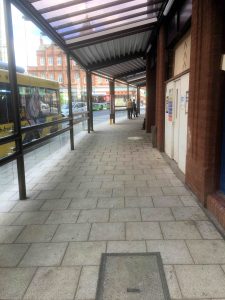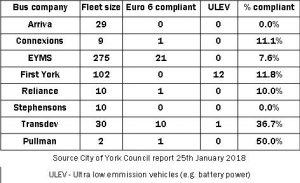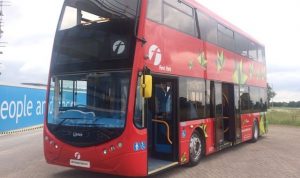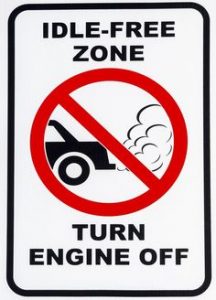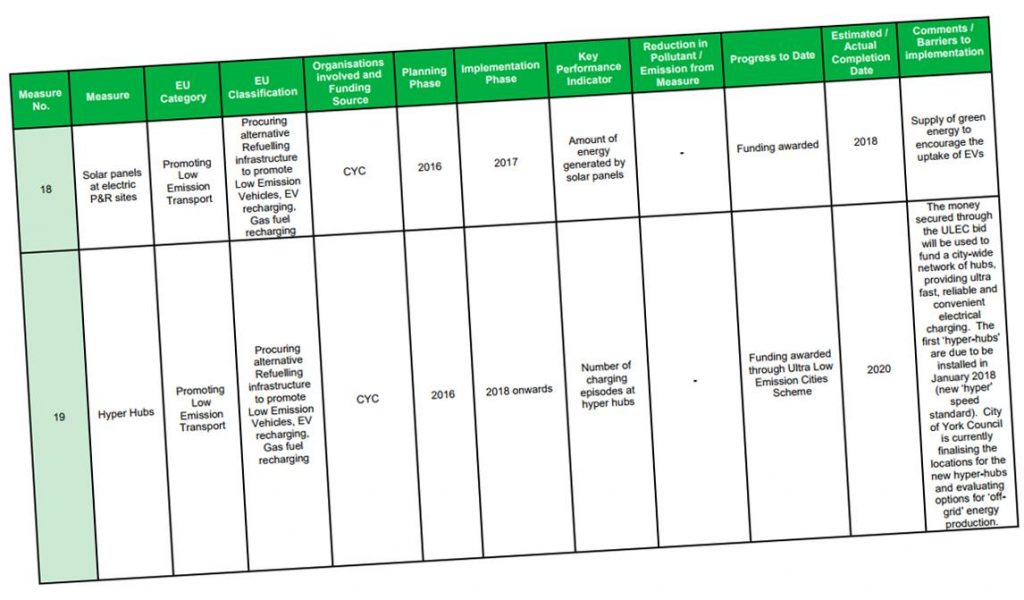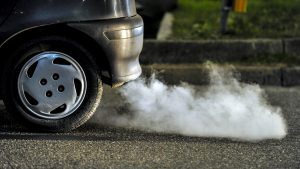Latest air quality monitoring information published on the Council dedicated web site confirms that pollution levels remain at low levels in the City. Even historic hot spots like Gillygate are recording the lowest recordable level of NO2 pollution.
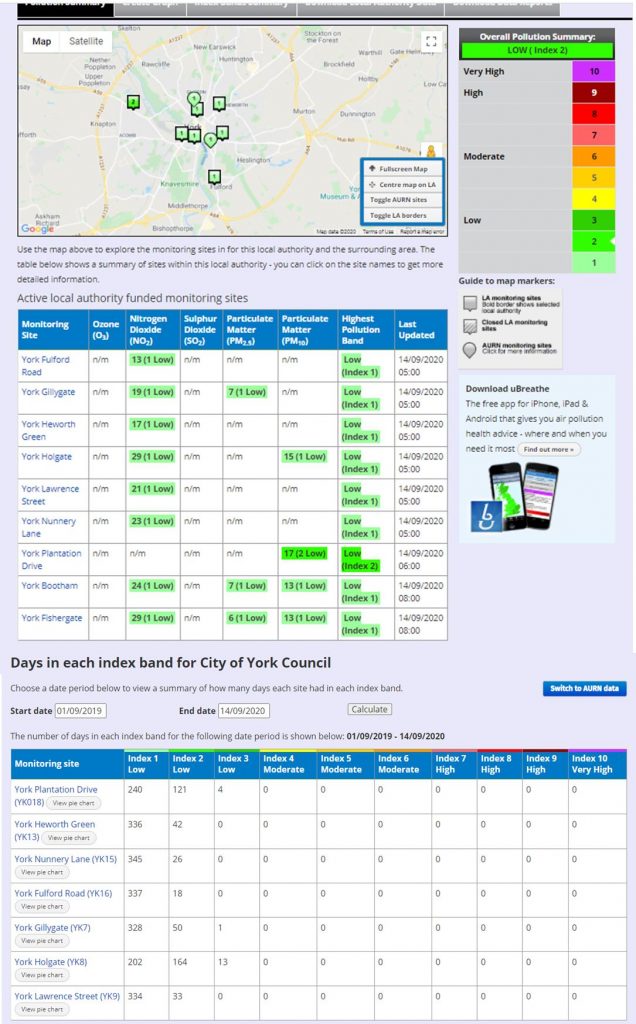
The Council provides a weekly commentary on air quality

The Council has not published traffic level information recently but a national study by the Travel Technology Forum suggests that vehicle use is at about 80% of pre lockdown levels. HGV movements have returned to February levels. Bus services are running but with reduced usage.
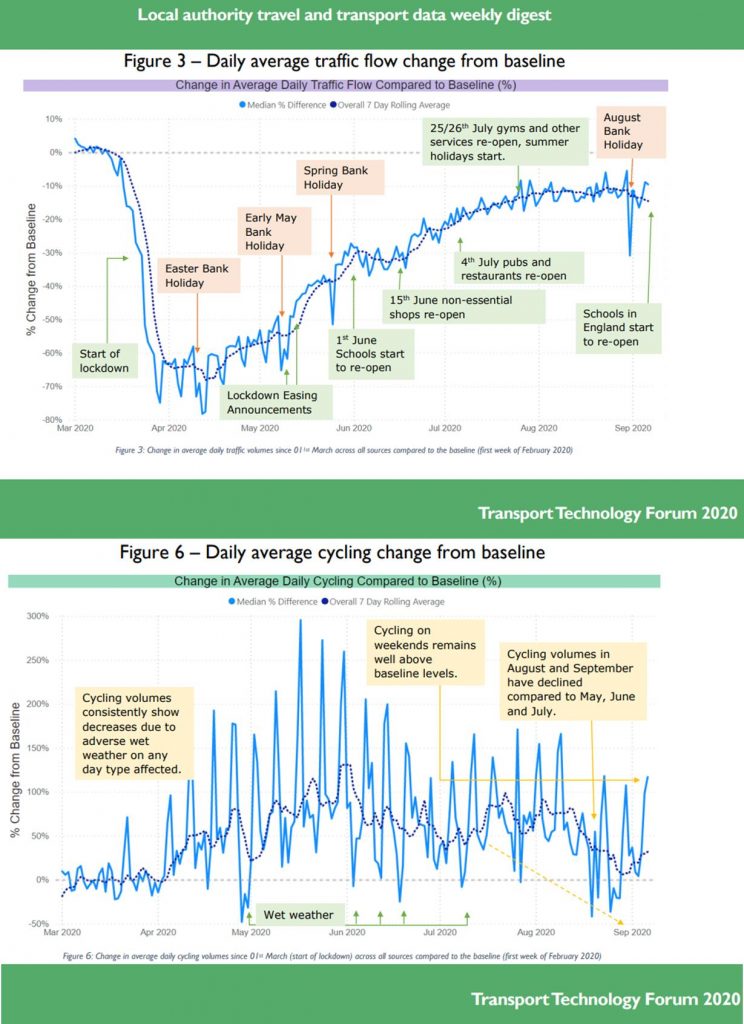
Cycling activity has fluctuated. Figures suggest that use is sensitive to weather conditions. Relatively few choose to cycle in wet weather and this may result in a further decline as winter approaches.
The latest COVID restrictions may also further reduce the number of journeys being made in the City.
The introduction of street closures in places like the Groves has had little impact on journey times. Alternative routes remain lightly trafficked.
Around 20% of the workforce remains economically inactive. This may change when the governments furlough scheme comes to an end.
In turn any general return to work, and the reopening of city centre offices, may further test the transport system in City.

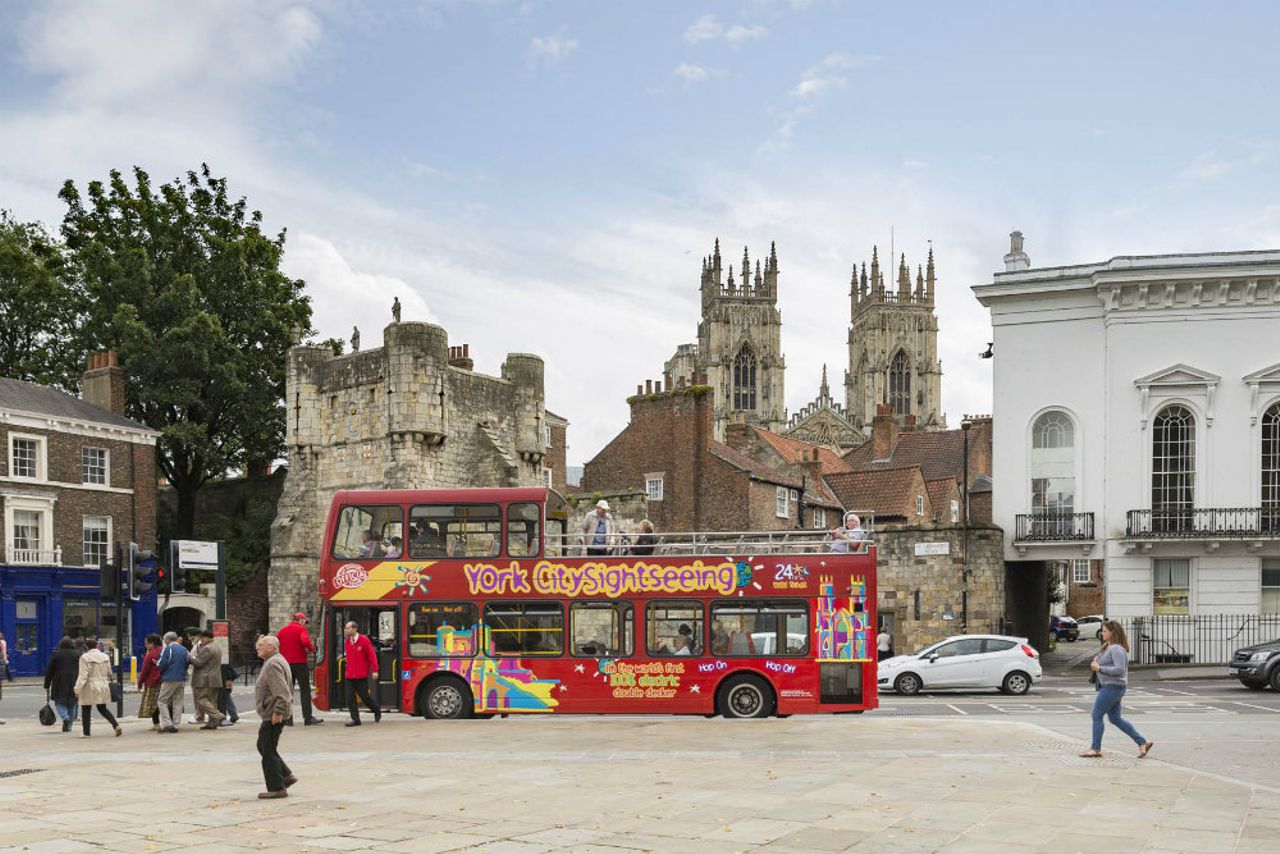
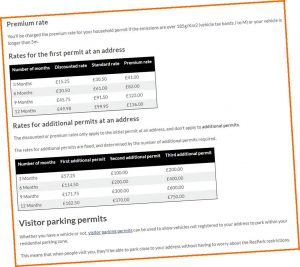 Councillors are to take a fresh look today at proposals to abolish the current discounts for Respark permits.
Councillors are to take a fresh look today at proposals to abolish the current discounts for Respark permits.
